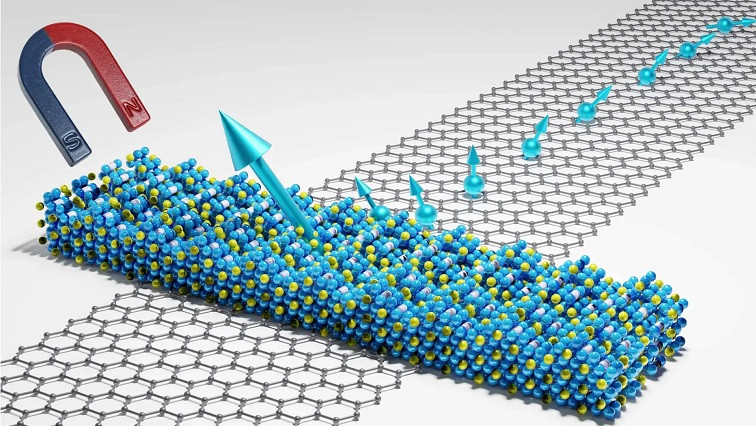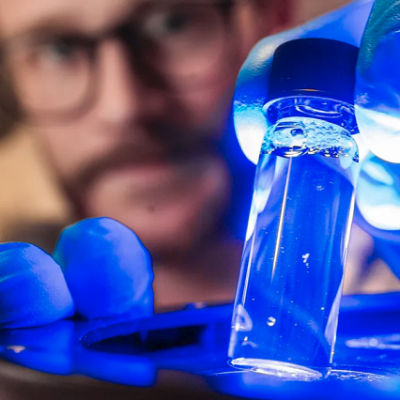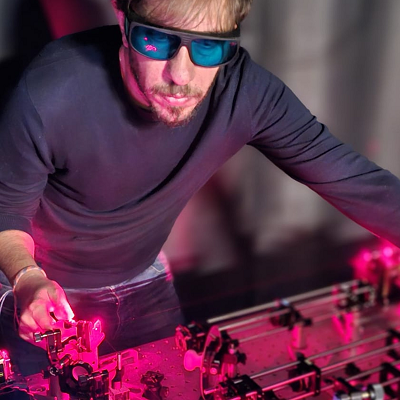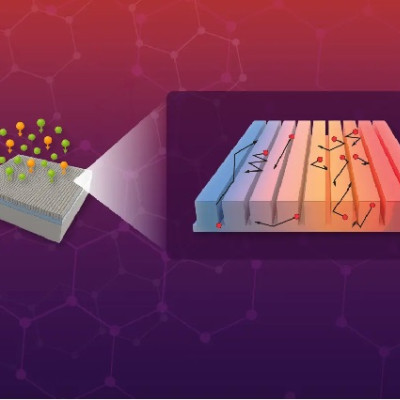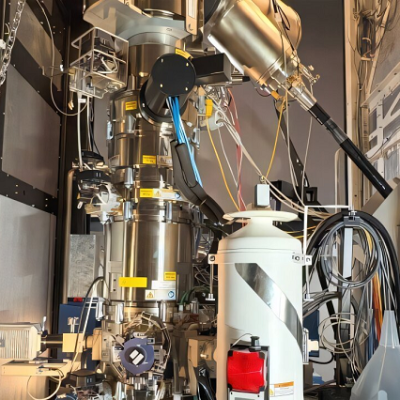Now, a research team at Chalmers University of Technology in Sweden are the first to make a device made of a two-dimensional magnetic material work in at room temperature.
Today’s rapid IT expansion generates enormous amounts of digital data that needs to be stored, processed, and communicated. This comes with an ever-increasing need for energy - projected to consume over 30 percent of the world’s total energy consumption by 2050. To combat the problem, the research community has entered a new paradigm in materials science. The research and development of two-dimensional quantum materials that form in sheets and are only a few atoms thick have opened new doors for sustainable, faster and more energy-efficient data storage and processing in computers and mobiles.
The first atomically thin material to be isolated in a laboratory was graphene, a single atom-thick plane of graphite, that resulted in the 2010 Nobel Prize in Physics. And in 2017, two-dimensional materials with magnetic properties were discovered for the first time. Magnets play a fundamental role in our everyday lives, from sensors in our cars and home appliances to computer data storage and memory technologies, and the discovery opened for new and more sustainable solutions for a wide range of technology devices.
“Two-dimensional magnetic materials are more sustainable because they are atomically thin and offer unique magnetic properties that make them attractive for developing new energy-efficient and ultra-fast applications for sensors and advanced magnetic memory and computing concepts. This makes them promising candidates for a range of different technologies,” says Saroj Dash, Professor in Quantum Device Physics at Chalmers University of Technology.
The first to demonstrate 2D magnet-based devices at room-temperature
So far researchers have only been able to demonstrate two-dimensional magnets in extremely cold temperatures in laboratory environments, so called cryogenic temperatures, inhibiting their broader applications in society. But now a group of researchers at Chalmers University of Technology have been able to demonstrate, for the very first time, a new two-dimensional magnetic material-based device at room temperature. They used an iron-based alloy (Fe5GeTe2) with graphene which can be used as a source and detector for spin polarized electrons. And the breakthrough is now believed to enable a range of technical applications in several industries as well as in our everyday lives.
“These 2D magnets can be used to develop ultra-compact, faster and more energy-efficient memory devices in computers. They may also be used to develop highly sensitive magnetic sensors for a wide range of applications, including biomedical and environmental monitoring, navigation, and communication,” explains Bing Zhao, post-doc in Quantum Device Physics and first author of the study.
The demonstration is described in the study “Room Temperature Spin-Valve with van der Waals Ferromagnet Fe5GeTe2/Graphene Heterostructure" published in the scientific journal Advanced Materials.
Read the original article on Chalmers University of Technology.

